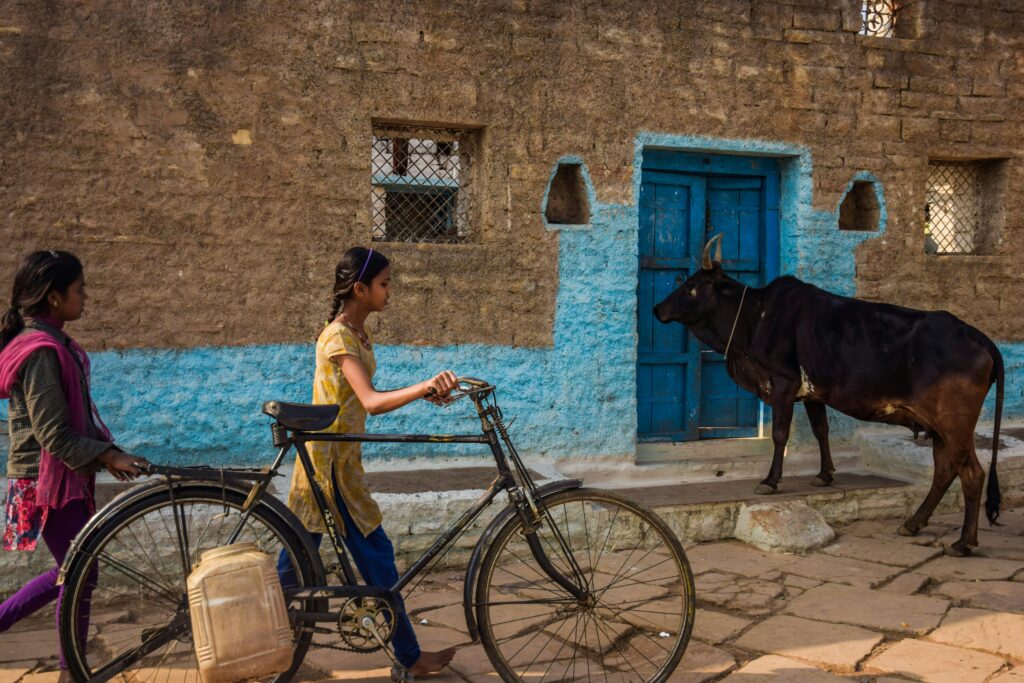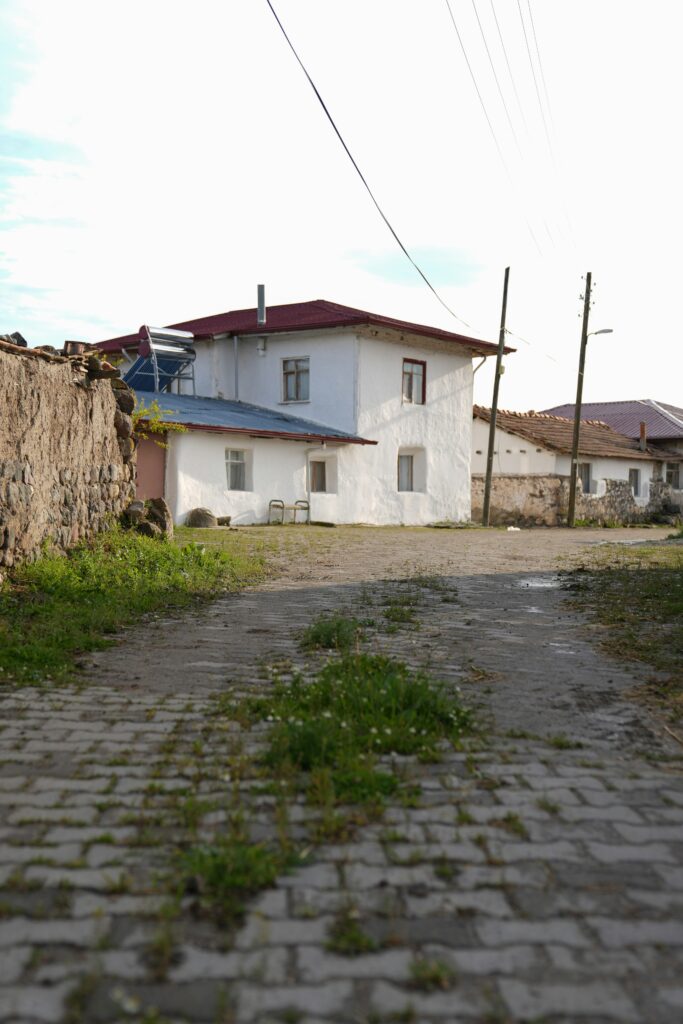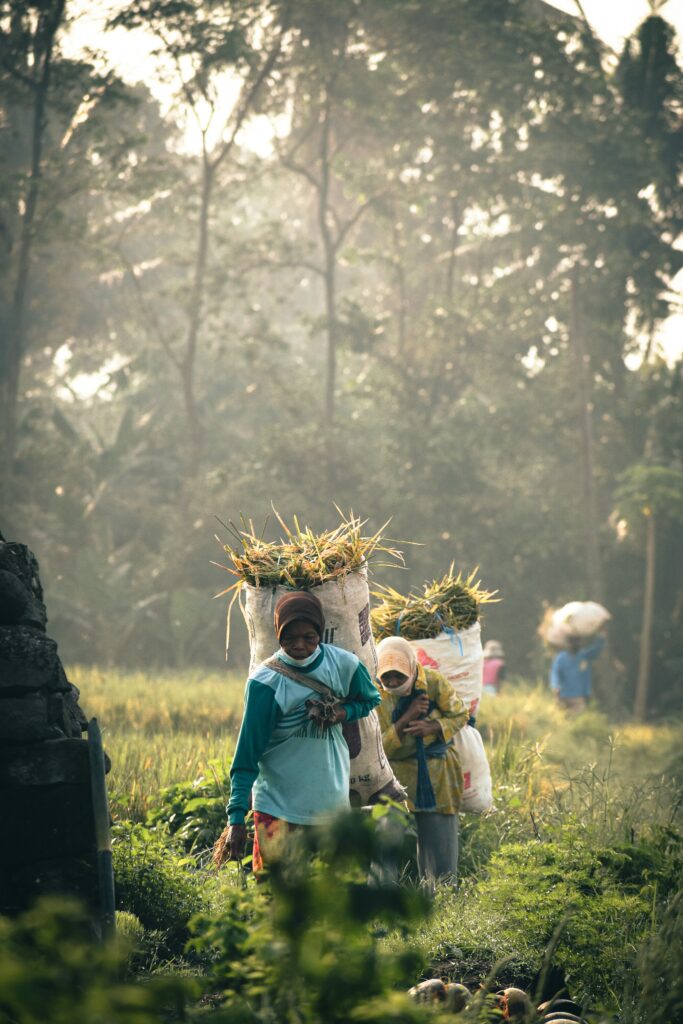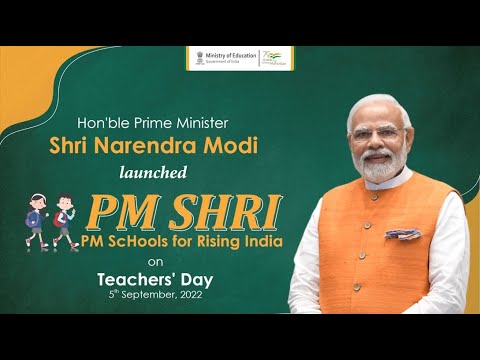
The PM SVAMITVA Yojana (Survey of Villages Abadi and Mapping with Improvised Technology in Village Areas) is a transformative initiative by the Government of India aimed at providing rural property owners with legal ownership rights. Launched in 2020, the scheme leverages drone technology to map residential properties in villages, issuing property cards that serve as legal documents of ownership.
Objectives of the PM SVAMITVA Yojana:
The scheme was conceptualized with the following key objectives:
- To provide legal ownership of residential properties in rural areas.
- To reduce property disputes and litigation through accurate land records.
- To enable economic empowerment by allowing property holders to leverage ownership documents for loans and financial services.
- To aid in better planning and infrastructure development at the village level.
Key Features of PM SVAMITVA Yojana
- Drone Mapping: High-resolution drone technology is used to map rural residential areas accurately.
- Property Cards: Beneficiaries receive official property cards, recognized as legal documents of ownership.
- Integration with e-Governance: All data is linked with the e-Gram Swaraj platform, enhancing transparency and governance.
- Coverage: The target is to cover around 6.62 lakh villages across the country.
Financial Outlay and Progress of PM SVAMITVA Yojana (as of 2025)
As of Budget 2025–26, the total allocation for the SVAMITVA Yojana stands at ₹566.23 crore. The scheme continues to receive strong support from the central government under its broader rural development and land reform agenda.
By mid-2025, the implementation status is as follows:
- Drone Survey Completed in over 3.20 lakh villages.
- Property Cards Issued to more than 2.42 crore beneficiaries.
- Participation from 31 States and Union Territories.
- Area Covered exceeds 68,000 sq. km.
These numbers reflect the ambitious scale of the scheme and its potential to transform the rural land governance ecosystem in India.
Benefits to Rural Citizens
The scheme has delivered several tangible benefits:
- Security of Tenure: With an official property card, villagers feel a stronger sense of ownership and stability.
- Loan Eligibility: Property cards are accepted as collateral by banks and financial institutions, enabling rural residents to access loans.
- Dispute Reduction: Clear demarcation of property boundaries has significantly reduced disputes and conflicts within communities.
- Boost to Local Governance: With accurate maps and ownership data, panchayats can plan public services like sanitation, roads, and water supply more efficiently.
Implementation Mechanism of PM SVAMITVA Yojana
The process involves several key steps:
- Drone Survey: Conducted by Survey of India in coordination with State Revenue Departments.
- Community Participation: Local residents are involved to verify and authenticate property boundaries.
- Validation: Records are validated by the Gram Panchayat and updated in the system.
- Issuance of Property Cards: Cards are distributed physically and digitally, often handed out in Gram Sabha meetings.

Challenges and Government Response
While the scheme has been widely appreciated, it does face some challenges:
- Awareness Gaps: Many villagers are still unaware of the benefits of the scheme.
- Technological Bottlenecks: Delays due to weather conditions and technical issues with drones.
- Legal Disputes: Pre-existing legal cases and unclear titles in some villages slow down implementation.
To overcome these, the government is focusing on awareness drives, faster technology deployment, and dispute resolution mechanisms.
Impact on Rural Economy
By bringing rural land into the formal economy, the SVAMITVA scheme is helping unlock vast economic value:
- Villagers can now monetize their property.
- Local markets see increased activity due to higher financial participation.
- Women and elderly benefit through joint ownership and documentation.
- Government planning and revenue collection improve due to better property mapping.
Future Roadmap
The government is working on scaling the scheme to the remaining villages and improving digital infrastructure so that beneficiaries can access services online. A national land records dashboard is also being conceptualized to bring transparency and integration of land databases across departments.
Conclusion
The Pradhan Mantri SVAMITVA Yojana is more than just a rural land mapping scheme — it’s a revolutionary step toward legal empowerment, financial inclusion, and better governance in India’s villages. By formalizing property ownership, the scheme lays a strong foundation for a more equitable, planned, and prosperous rural landscape. As more villages get covered and more citizens receive ownership cards, the economic and social benefits are set to multiply manifold in the years to come.
Official Source: https://svamitva.nic.in/
Other Similar Schemes: PM-Fasal Bima Yojana; Kisan Credit Card; Ministry of Agriculture Schemes


